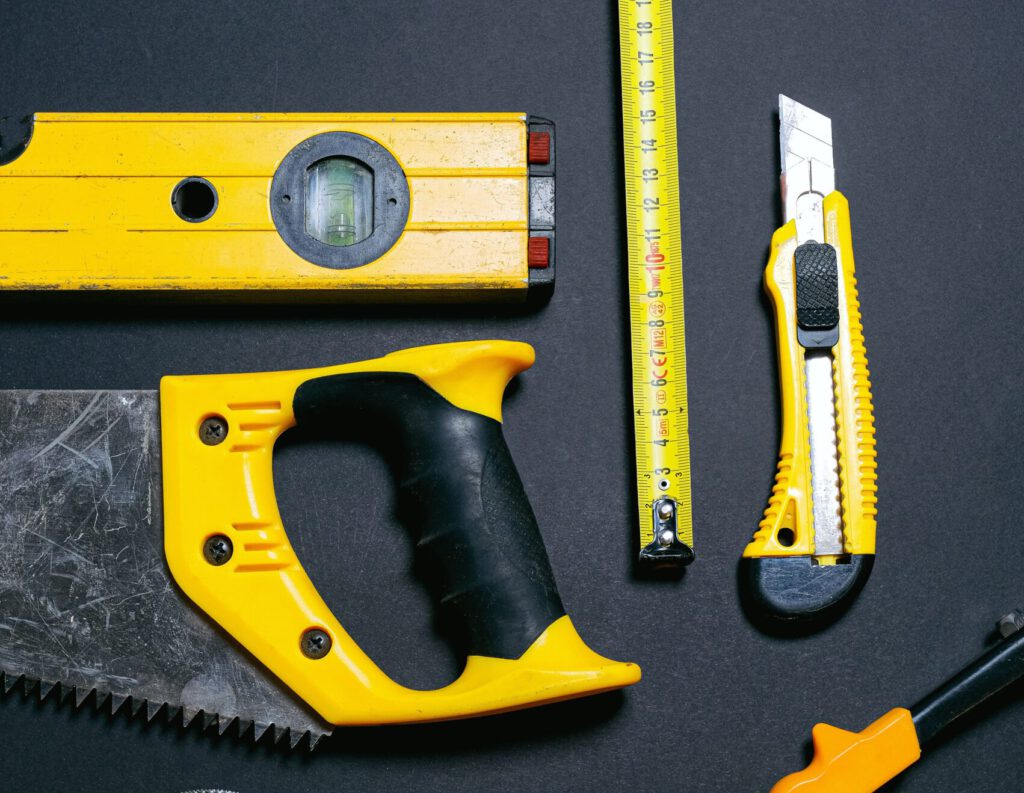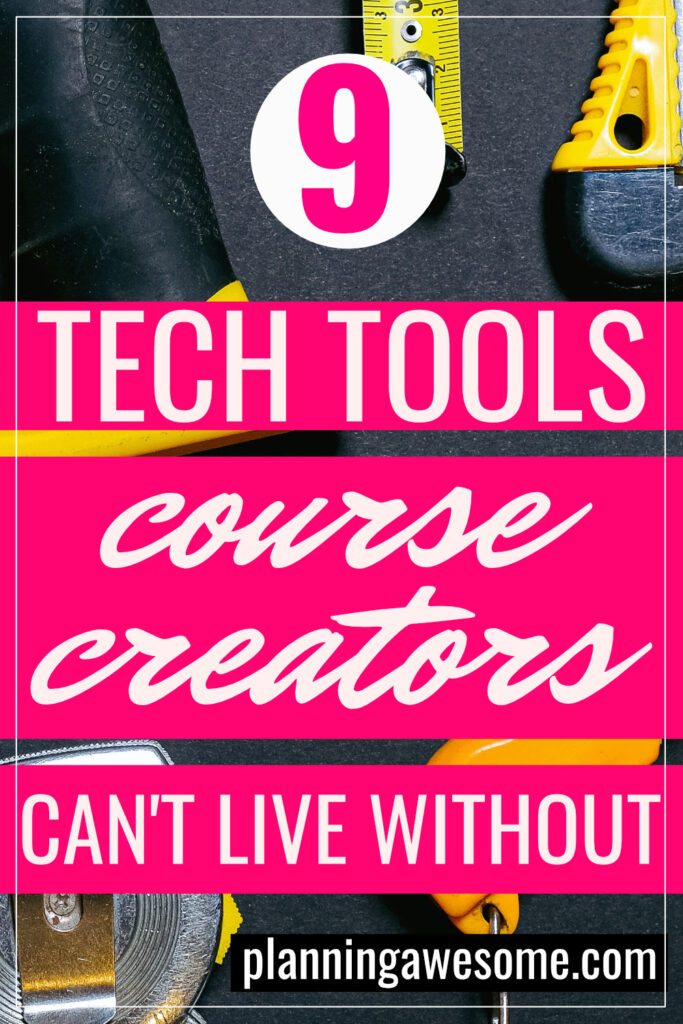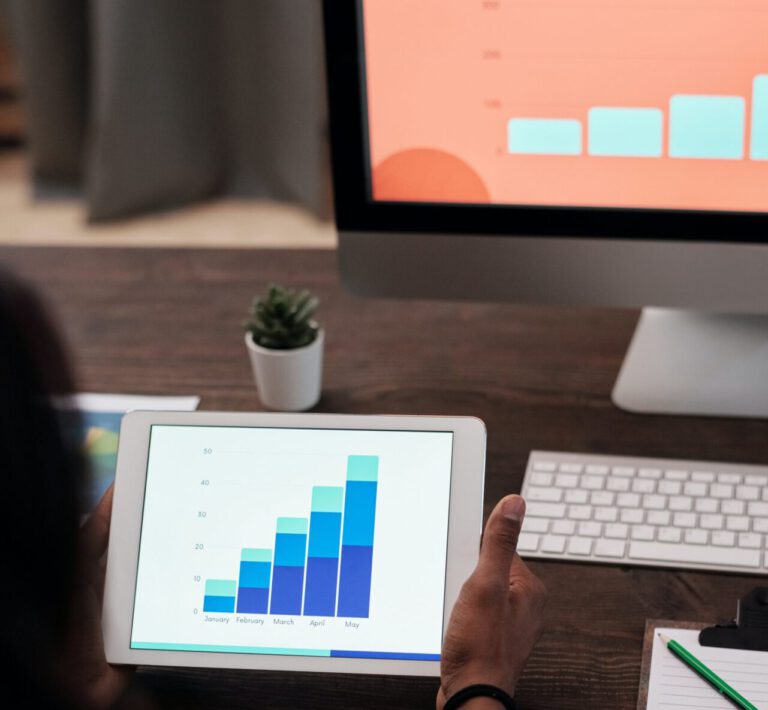9 Tech Tools Course Creators Cannot Live Without

Hey there future course creator!
Did you know that if you are planning to create a course, you are a builder? Just like a home builder or a ship builder, you are putting together a number of raw materials and building a unique, awesome course for your audience.
While you might not make as much noise as that construction site near your job that is causing all the traffic headaches, you will still be kicking up the same amount of dust once your course building heats up.
I want to make sure you’re ready, so I put together a list of the basic must-have tools for your course creation tool belt. While you’re reading this list, don’t feel intimidated if you aren’t sure what it is or if it sounds expensive. While Julie from NYC might have plenty of moolah to buy the most expensive tools and tech for her fancy course, there are always low cost and free tools for everyone. So while you’re out here in course creation learning mode and hopefully taking some courses on your own, keep an eye out to see how these tools will work for you.
1. Word Processing Software
First up, you will need something to write with, like Microsoft Word or Apple Pages. If you have a computer, you will have some sort of basic text editor that came with it and if not you can use Google Docs for free. You’ll use this to write your scripts and any text content you will include in your course.
2. Graphics Program
You will also need something to create images with. Images can include your logo, diagrams, clip art (tasteful clip art) or anything visual that you want to include in your slides, workbooks, handouts or videos. Depending on who you hang out with, they may recommend Adobe Photoshop or Canva. But these are just two examples of graphics programs.
3. Video Editing Software
Your video editing software allows you to cut out those umms, uhhhs and other brain farts that you will inevitably have in your videos. It also allows you to add in text captions and other make those snazzy fades and zooms you see in the movies.
4. Screen Recording Software
This is another type of video editing software you’ll need to have if you plan to teach anything on your computer screen. A really good screen recording software also has video editing features, so you could possibly use it as your main video tool in one application. In addition, many allow you to record your face in a teeny-tiny box in the corner of the screen so you can maintain that human connection.
5. Presentation Software
You’ll need this to create your slides. Your slides will contain some of your content and typically are used to show your visuals while you are speaking. Depending on your content you may not need a lot of slides, or you may have a lot of slides. You’ll know as you create your course. You can also use your screen recording software to record your slide presentation to make a video. Pretty cool.
6. Page Layout Software
Your page layout software is like a combination of Microsoft Word and your graphics program. In some cases, they could be the same program. But you will use this software to make your workbooks, worksheets, checklist and handouts look fancy. It allows you to add images along with your text and easily make a really nice looking page that you can PDF.
7. Course Platform
Here’s where things might get complicated. But don’t worry about it for now, just know you will need a platform to distribute, implement and store your course and course materials. There are so many ways to do this ranging from all-in-one options to simple emails. From simple to complex.
8. Video Camera
If you have a current smartphone you probably have a decent enough camera. If not, you have a few other options. You can use a web camera which is good if you plan to record while sitting at your desk. If you need to record demonstrations, you will most likely want a traditional video camera or a DSLR with video.
9. Microphone
Finally you will need a decent microphone. When recording your videos, your mic will be used to record either directly into your computer or directly into your video camera. You may also use your mic for voice overs if you are not recording a video of yourself. You can surely use a decent headset that has a microphone and earpieces. But it will be best to have a mic that records your voice cleanly and helps block outside noises.
And those tools are pretty much your basic tech arsenal for course building.
Of course the best tools aren’t worth much without you and your expertise and amazing content. These tools will just help you to bring all of that goodness together into an awesome course.




